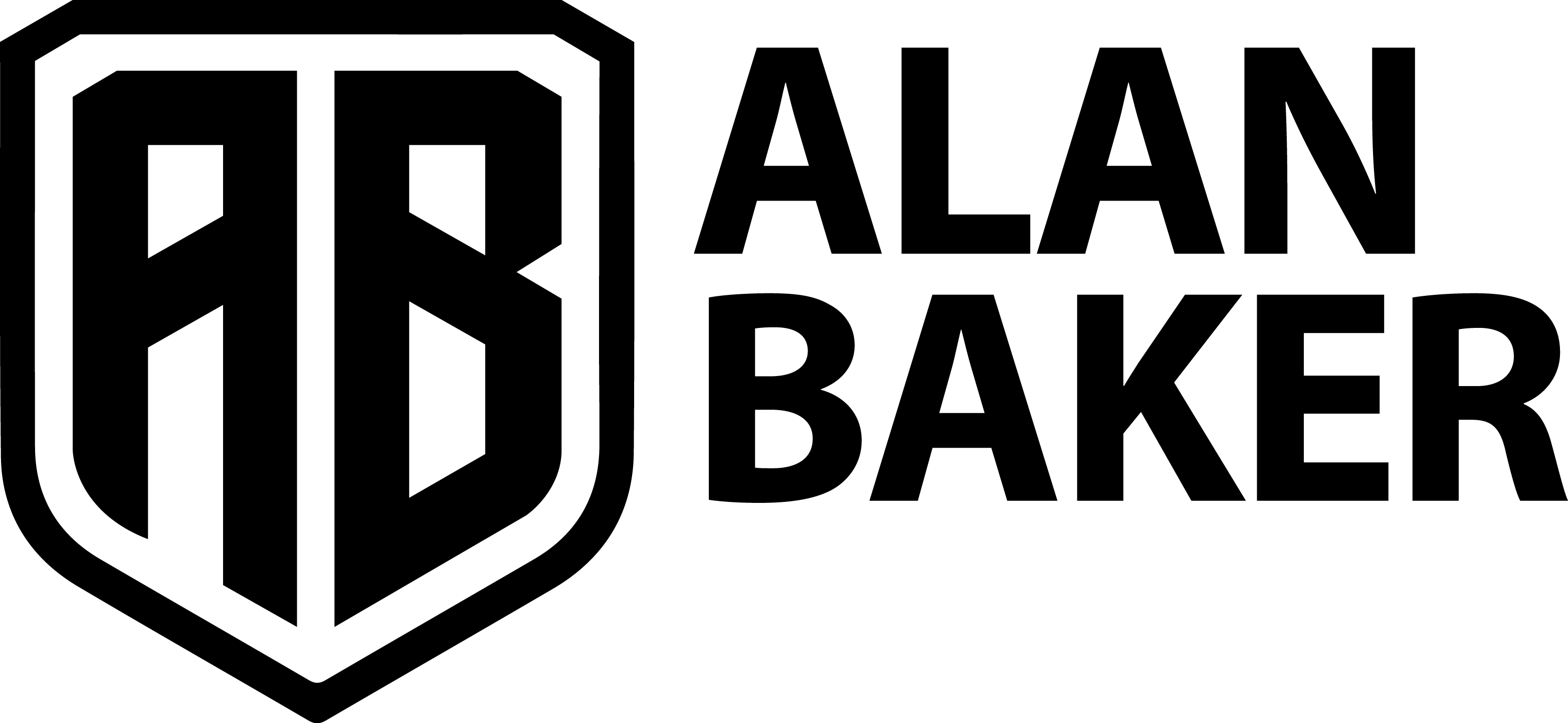
Interactions among individuals usually commence within what is known as a social distance, a space generally spanning 3 to 4 feet from a potential threat or conversational partner. This proximity is what I term social distance. Personal boundaries are established and maintained in this zone, playing a crucial role in social dynamics and personal safety. This range allows for clear communication and engagement, yet it is close enough to necessitate awareness and preparedness for unforeseen actions. Understanding and managing this social distance is vital for effectively navigating interpersonal encounters and ensuring respectful interaction and personal security.
The Gift Of Gab
It’s essential to recognize that not every confrontation begins with immediate physical force; many start with verbal interactions that can gradually escalate to physical touch or contact. Bearing this in mind, it’s essential to integrate a system of verbal engagement into your self-defense strategy. Developing specific Verbal Tools is crucial, allowing you to defuse or manage situations before they escalate to physical altercations. These tools should be as well-prepared and practiced as the physical techniques in your self-defense repertoire.
Just as you train to perfect physical self-defense maneuvers, the same level of preparation and training should be applied to verbal skills. These should not be improvised but instead thoughtfully developed and rehearsed to ensure they can be effectively employed under stress.
This comprehensive approach to self-defense, encompassing verbal and physical strategies, is essential for effectively navigating and de-escalating potential threats. Similar to law enforcement personnel who rehearse their verbal commands alongside physical drills at the gun range, there is a crucial need to integrate these verbal tools into regular training. This practice ensures that these skills become second nature and readily accessible under stress in real-life scenarios. By observing and adopting this method, we can develop and refine our verbal tools, enhancing our overall self-defense strategy.
How you handle verbal interactions and manage lower levels of social force can significantly influence whether the situation escalates or de-escalates in intensity. This is a key reason why training in managing these types of interactions is essential. Effective navigation through these exchanges can either prevent the conflict from intensifying or help in reducing the level of force, highlighting the importance of skilled communication and strategic response in such scenarios.
Visually Appropriate And Socially Acceptable
In the current societal landscape, the visual aspect of our actions plays a critical role, particularly in situations involving a lower level of force that has yet to escalate. It’s crucial to select self-defense techniques that not only are effective but also appear visually appropriate and socially acceptable. These are standard terms in the Protection Response Tactics program we teach at the Executive Protection Institute. These techniques must avoid being perceived as offensive or insulting to prevent exacerbating the situation and inadvertently increasing the level of force involved.
The concept of “Non-insulting” techniques is fundamental in this context. Employing actions that could be seen as disrespectful or provocative can contribute to the conflict, pushing the interaction toward a more aggressive confrontation. It’s about the moves you employ and how you present yourself during the encounter. The physical stance you adopt, the space you occupy, and even your body language are integral components of the interaction.
For instance, assuming an aggressive fighting stance, as taught in traditional martial arts, could be interpreted as a threat, thereby intensifying the situation rather than defusing it. Therefore, it’s essential to maintain a posture and positioning that conveys calmness and control rather than aggression. By carefully considering these factors, you can manage the encounter more effectively, keeping it from escalating into a higher level of conflict.
Soft Control
Even in scenarios where physical contact occurs, the intensity of force used might remain low. At this subdued level of force, it’s crucial to maintain a strategic position and control in anticipation of potential escalation. This concept, often referred to as “Soft Control” in our training programs, involves managing the interaction in an assertive yet non-provocative way.
Mastering soft control requires the ability to exert influence without aggression and maintain a balance that can prevent a situation from escalating. This skill set is about more than just physical restraint; it encompasses a nuanced approach that ensures you’re prepared for any sudden change in the dynamic, all while keeping the interaction at a manageable level of intensity.
Training in Soft Control equips individuals with the tools to manage confrontations subtly and effectively, allowing for de-escalation and maintaining a position of advantage. This specialized skill is not typically taught in conventional martial arts schools but is a critical component of comprehensive self-defense training. With over 15 years of experience teaching this method, I’ve seen firsthand how proper training can make Soft Control not only achievable but also a natural response during interactions. This proficiency enables individuals to maintain control, secure a favorable position, and de-escalate conflicts, showcasing the profound impact of specialized training in real-world situations.
Super Elevation
With consistent practice and refinement of the skills above, you reach a level where it becomes increasingly challenging for an adversary to escalate the situation. Actions that would typically allow them to intensify the conflict effortlessly now require much greater effort. They must “super elevate” their actions to achieve escalation, which becomes a critical advantage for you. This heightened effort on their part will reveal their true intentions, eliminating any uncertainty about the potential increase in force. You’ll be able to recognize the escalation immediately and respond appropriately.
Moreover, this concept of “super elevation” has significant implications regarding visual perception for witnesses or surveillance. In situations where bystanders or cameras are present, the aggressive party’s disproportionate escalation becomes evident, clearly distinguishing them as the instigator. This clarity can be advantageous in real-time response and subsequent event analysis, as it visually confirms who escalated the conflict. This not only aids in immediate decision-making but also provides clear evidence of the dynamics of the encounter, which can be crucial for legal and social considerations following the incident.
Assault Level Force
When the situation escalates to a physical confrontation, it’s akin to saying “the gloves have come off,” and you’re now engaged in a fight. I categorize this elevated force level into two segments. The initial segment, which I call “being the fighting professional,” involves handling the situation with a level of restraint and awareness, even as the force escalates. In today’s society, visual perception remains a critical consideration, even during a conflict. You need to employ tactics and techniques that are effective against the threat while ensuring that, should a snapshot be captured, your posture appears defensive rather than aggressive. This consideration has become increasingly important due to the potential for social and other media to misconstrue actions, often taking them out of context and portraying them negatively.
Operating proficiently in a violent encounter while maintaining the presence of mind to employ strategically defensible actions demands advanced skill and training. Many may find this challenging without prior experience in such nuanced combat strategies. This approach is particularly relevant to professionals in the bodyguard industry, where managing the visual aspect of a confrontation is often part of the job requirement. While it’s far from ideal, real-world scenarios don’t always align with our preferences, necessitating preparedness for less-than-optimal conditions.
The latter half of this force spectrum is when the situation becomes dire, with the conflict escalating to potentially life-threatening levels. Here, the primary objective shifts to swiftly neutralizing the threat to preserve life and limb. Comprehensive training across the spectrum of conflict intensity is essential to ensure readiness for any level of confrontation, from controlled professional responses to decisive actions in extreme situations.
We Can Help
We comprehensively cover these tactics in our training programs for civilians and professional clients. Our curriculum is designed to address these critical elements, equipping participants with the skills to manage conflicts intelligently while considering the visual implications of their actions. If you’re in search of training that meticulously incorporates these considerations, ensuring that you’re prepared for both the physical and perceptual aspects of conflict, I invite you to reach out to me directly through our website. Our programs are tailored to provide the necessary tools and knowledge to navigate complex situations effectively, blending practical self-defense techniques with strategic visual awareness.
Shift Your Perspective, Take the Action, Transform Your World.
~ Sifu Alan
Join Our Email List HERE

Alan Baker is celebrated for his exceptional skill in creating customized Defensive Tactics Programs and his prowess in high-performance coaching. Tailoring his expertise to meet the needs of law enforcement agencies, military groups, and security companies, Alan crafts training curriculums that are grounded in practical techniques, adaptability to real-life scenarios, and intensive, situation-specific exercises. His training methodologies are meticulously designed to elevate the operational effectiveness and situational preparedness of individuals in high-stakes environments. Learn more about Alan’s distinctive programs here.
Beyond his tactical acumen, Alan is also a foremost “mindset” coach, adept at tapping into the untapped potential within individuals. He is particularly attuned to the current societal trend that often overlooks traditional masculinity and the cultivation of strength. Addressing this, Alan champions the development of a warrior spirit — the readiness to confront chaos and take decisive action when necessary. He passionately mentors professionals, entrepreneurs, and individuals on their personal development journeys, focusing on fostering a mindset dedicated to excellence. His coaching is anchored in pragmatic strategies that fortify mental resilience, enhance focus, and stimulate drive. Engaging with Alan sets you on a transformative journey where mental obstacles are overcome, innate strengths are recognized and honed, and your objectives become distinctly attainable. His insights are key in boosting performance and developing a mindset geared for victorious accomplishments.
For a deeper exploration of Alan’s mindset philosophy and his approach to empowering especially men to embrace their strength and resilience, delve into his insightful collection of books. If you’re ready to accelerate your personal and professional growth under Alan’s expert guidance, connect through his official website.

